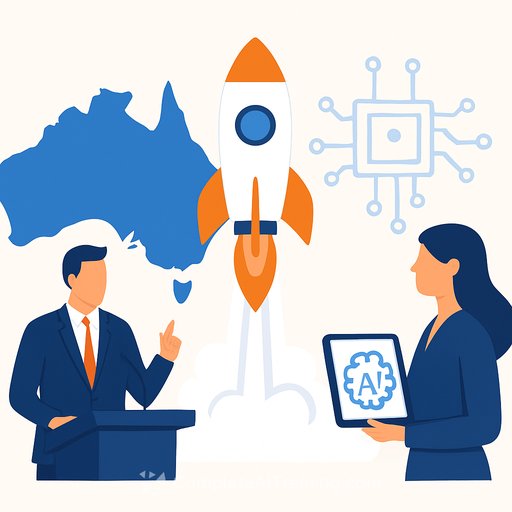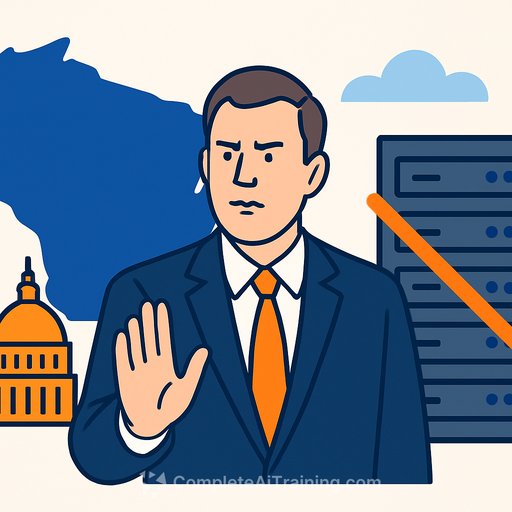Federal government launches AI Safety Institute
The Australian government has created a national AI Safety Institute to monitor, test and share information on emerging AI risks and harms. Announced by the Department of Industry, Science and Resources, the institute is framed as a central capability to help government keep pace with fast AI developments and protect Australians.
Its mandate: evaluate advanced AI systems, inform regulation, and support timely action across portfolios. It will work with established channels, including the National AI Centre, to get guidance into the hands of agencies, business and the public.
What the institute will do
- Track, test and validate emerging AI capabilities and risks.
- Advise government on technical developments and likely impacts on services, security, and citizens.
- Support best-practice regulation and flag where legislation may need updates.
- Provide practical guidance on AI opportunity, risk and safety through the National AI Centre.
- Back Australia's commitments under international AI safety agreements and coordinate with global partners.
- Help ensure AI companies comply with Australian law and uphold fairness and transparency standards.
"I'm focused on calibrating Australia's approach to AI carefully, in a way that maximises AI's value and mitigates the risks," said Tim Ayres, the minister for Industry and innovation and minister for science.
"As AI technology evolves, the institute will work across government to support best practice regulation, advise where updates to legislation might be needed and coordinate timely and consistent action to protect Australians."
Why this matters for government teams
This is a signal to lift the bar on AI procurement, testing and governance. Agencies should expect tighter expectations on transparency, safety evaluation, incident reporting and vendor accountability.
The institute's outputs will complement existing legal frameworks, not replace them. That means privacy, discrimination, consumer and records obligations still apply-now with more technical backing and clearer guidance for frontline teams.
What to do now (ahead of the 2026 start)
- Nominate an AI safety lead and set up a small cross-functional group (policy, security, legal, procurement, data) to prepare.
- Stand up an AI system register: purpose, model/vendor, data used, risk rating, human oversight points, evaluation results, and controls.
- Update procurement templates: require model cards, safety test results, privacy impact details, audit logs, incident response SLAs, and content moderation protocols.
- Embed testing: red-teaming, harmful content checks, bias and performance benchmarks, privacy stress tests, and jailbreak resilience.
- Tighten transparency: document training data provenance where possible, human-in-the-loop checkpoints, and decision traceability for significant use cases.
- Strengthen access control and data safeguards for AI services, including data residency and retention standards where needed.
- Coordinate early with the National AI Centre and whole-of-government communities to share findings and align terminology and metrics.
- Map legislative touchpoints for your portfolio and prepare advice for potential updates the institute may recommend.
How the institute will engage
The institute will act as a central hub, sharing insights and coordinating government action. It will publish technical assessments and guidance, and work with local and international partners to address AI risks and harms.
According to Ayres, "Collaborating with domestic and international partners, including the National AI Centre and the International Network of AI Safety Institutes, the Institute will support global efforts to address AI risks and harms, and ensure AI development aligns with Australia's values. This includes delivering technical assessments, fostering bilateral and multilateral engagement on AI safety, and publishing research to inform industry, academia and the Australian people."
The AI Safety Institute is slated to be operational in early 2026.
Useful links
Build team capability
If your agency is standing up AI projects, invest in practical training for policy, procurement and delivery staff. A clear baseline speeds up risk reviews and reduces rework.
Your membership also unlocks:





